項目名稱:“如意餛飩”蘇州萬科美好薈店
項目業主:蘇州如意餛飩有限公司
項目地點:江蘇,蘇州
項目面積:90m2
空間設計單位:CHAO巢羽設計事務所
項目設計師:梁飛 王星
使用材料:亞克力,金屬烤漆板,機理涂料,水磨石
設計周期:10/2019-11/2019
施工周期:11/2019-12/2019
攝影師: SONGPHOTOGRAPHY
西漢揚雄所作《方言》中提到“餅謂之飩”,餛飩是餅的一種,差別為其中夾肉餡,經蒸煮后食用;若以湯水煮熟,則稱“湯餅”。 古代中國人認為這是一種密封的包子,沒有七竅,所以稱為“渾沌”,依據中國造字的規則,后來才稱為“餛飩”。
In dialect written by Yang Xiong in the Western Han Dynasty, it is mentioned that "pancakes are called" dumplings ". Wonton is a kind of pancakes. The difference is that it's filled with meat and eaten after cooking. If it's cooked in soup, it's called" soup pancakes ". The ancient Chinese thought that it was a kind of sealed bun without seven orifices, so it was called "chaos". According to the rules of Chinese character making, it was later called "wonton".

作為連鎖門店超2500家的餐飲連鎖品牌,在發揚革新“中華名小吃”時代內涵的同時選擇聯手CHAO巢羽設計事務所,為其打造全新的第五代餐飲空間。
As a catering chain brand with more than 2500 chain stores, we choose to join hands with Chao Chao Yu design firm to create a new fifth generation catering space while carrying forward and innovating the Era Connotation of "Chinese famous snacks".
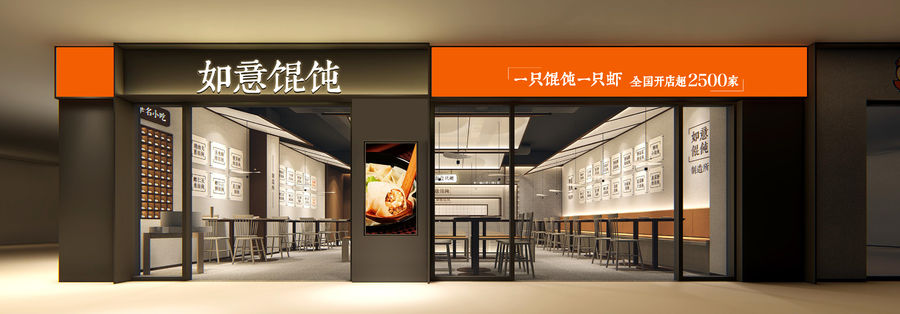
通過對“如意餛飩”文化的詳細了解,對其前四代空間的細致梳理,對同行業同類型的競爭品牌的深入研究,面對現有開店超2500家的餐飲品牌空間,CHAO本著在空間的創造性,適應性表達的同時,兼顧空間風格的可復制性,造價的可控性的原則,最終以“手作工坊”的設計理念,從“優化店招形象”“升級空間燈光系統”“優化餐位用餐方式”“提升空間品牌屬性”“強化空間文化內涵”五個方面,對其第五代餐飲空間做了全新的闡述。
Based on the principle of creativity in space, adaptive expression, taking into account the replicability of space style, the controllability of cost, and finally "handmade workshop" ”Based on the design concept of "optimizing the image of the store", "upgrading the space lighting system", "optimizing the way of dining", "improving the space brand attribute" and "strengthening the space cultural connotation", the fifth generation of the catering space is expounded.
▼空間結構示意圖
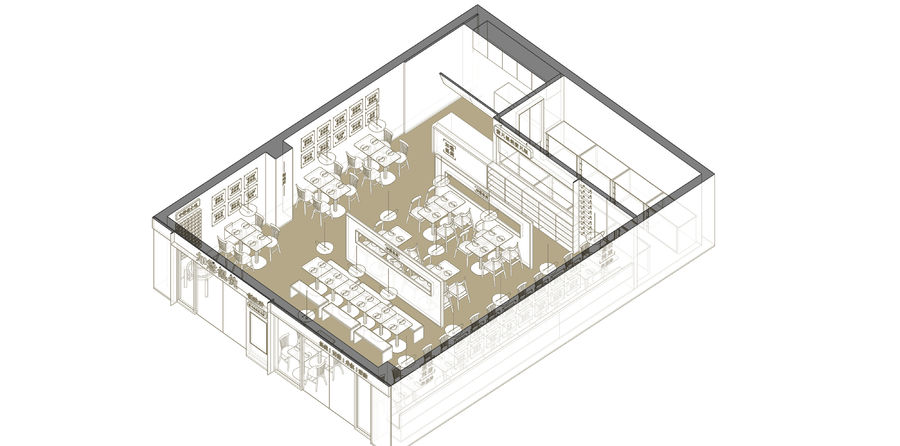
At the entrance, the stone mill grinds the fresh wheat in the wheat field, expressing the principle of selected ingredients held by Ruyi wonton. The characteristics and requirements of the wonton skin are "global high-quality high gluten wheat" and "vacuum beating flour and smooth tendons". The cabinet on the wall is a display space for the packed wonton, which can be seen and eaten by the guests.
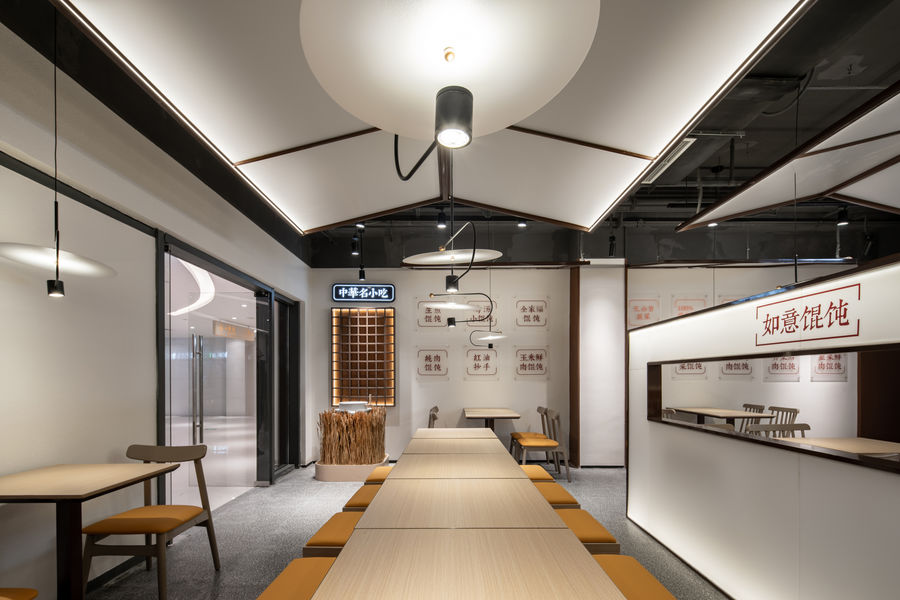
As a traditional Chinese food, wonton was only tasted in the grass shed on the street in the early stage. In order to fit the traditional dining environment and meet the public's requirements for the dining space environment, in the new Ruyi wonton fifth generation store, you can find food under the eaves of the scattered sizes. And the friends of the party can also look after each other through the hazy partition.
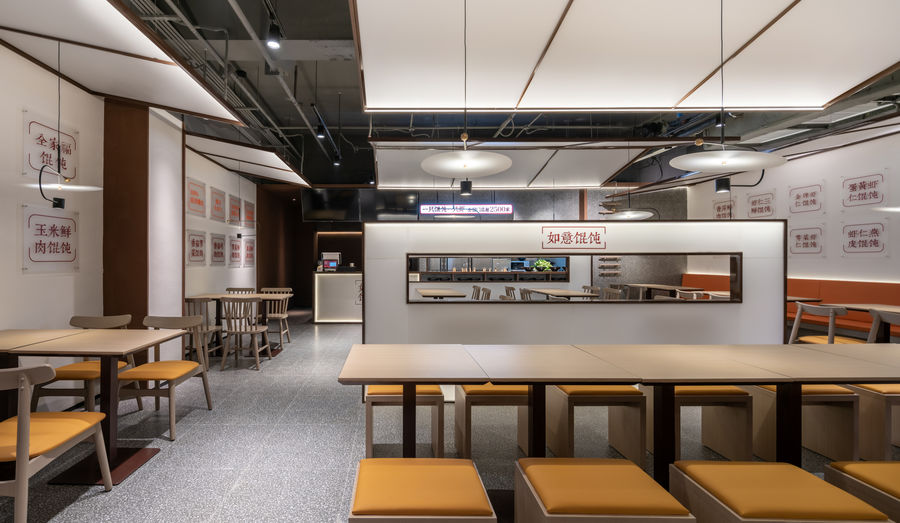
The wall is covered with signboards and dishes, which not only decorate and beautify, but also give consideration to practicability, and bring some suggestions to the guests.
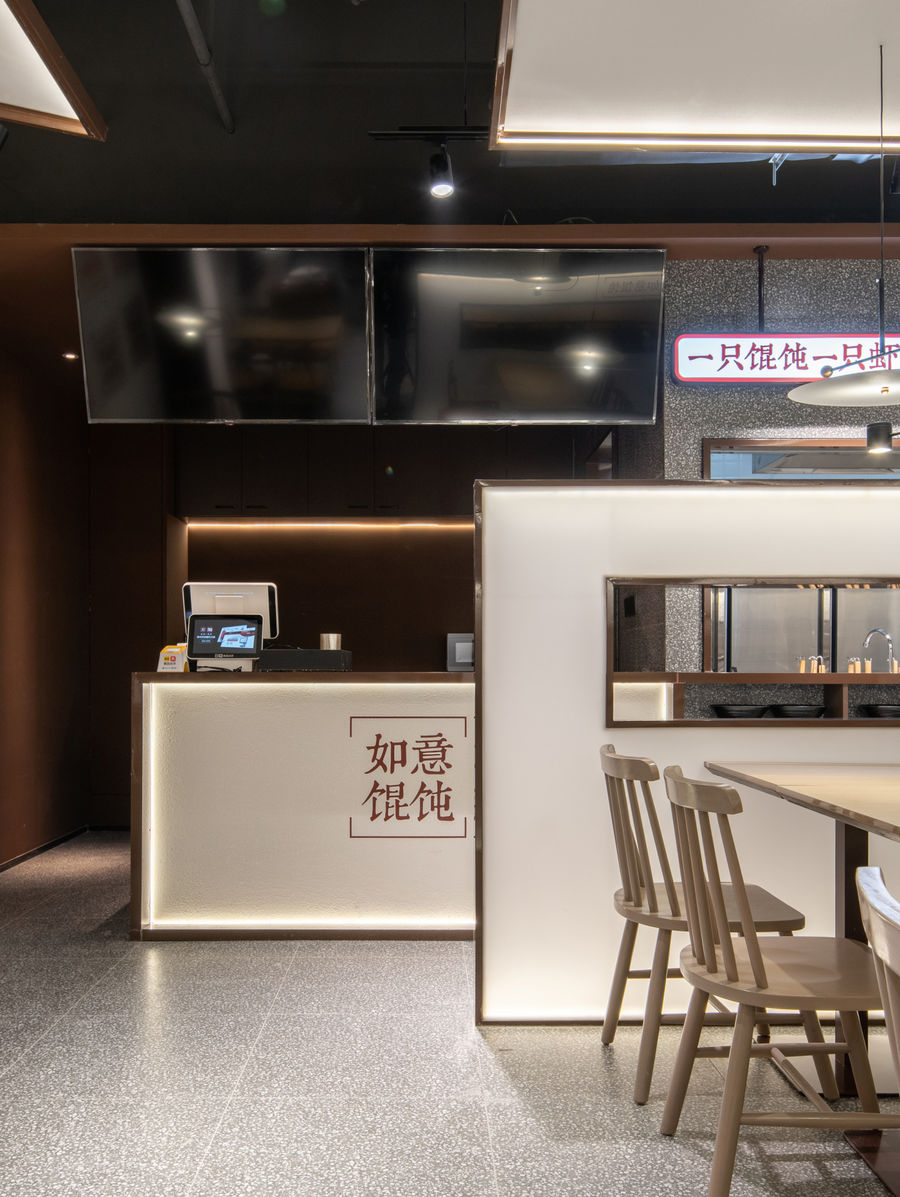
The delicious wonton doesn't need to be covered. It can be detected through the window.


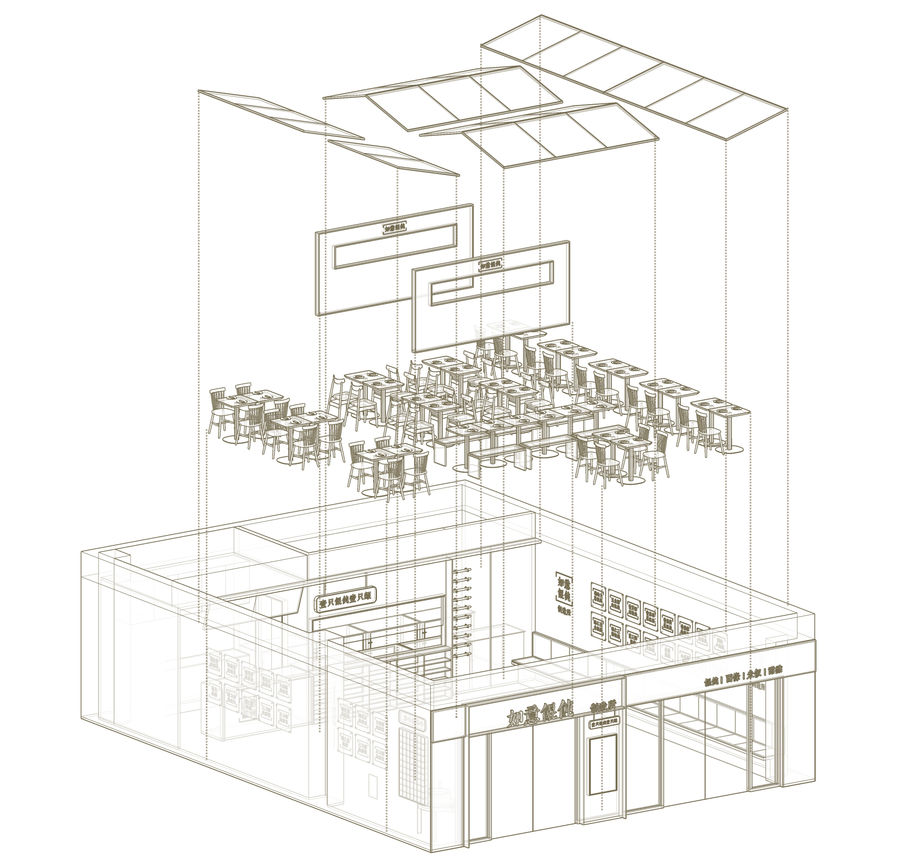
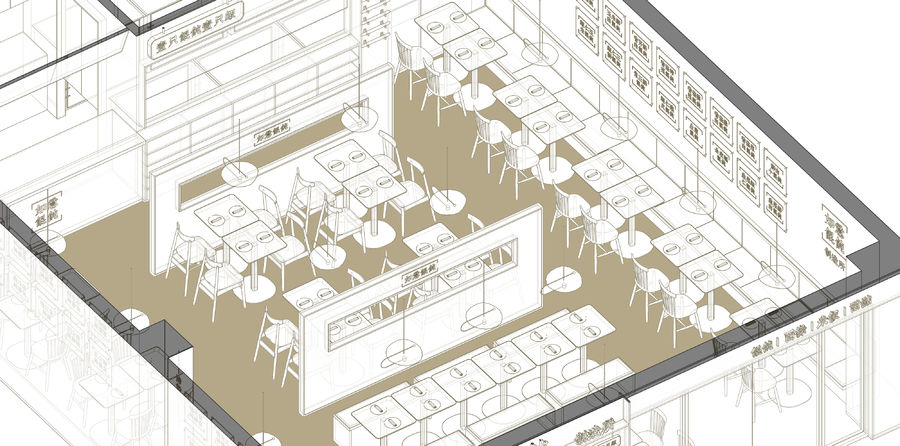
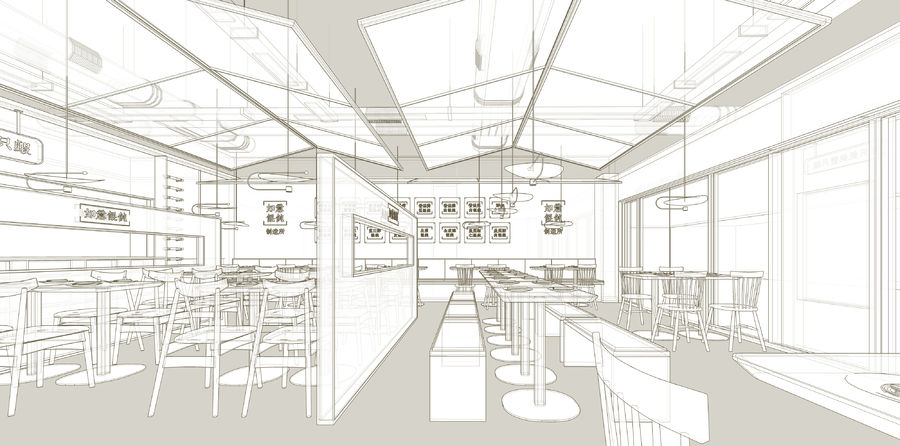
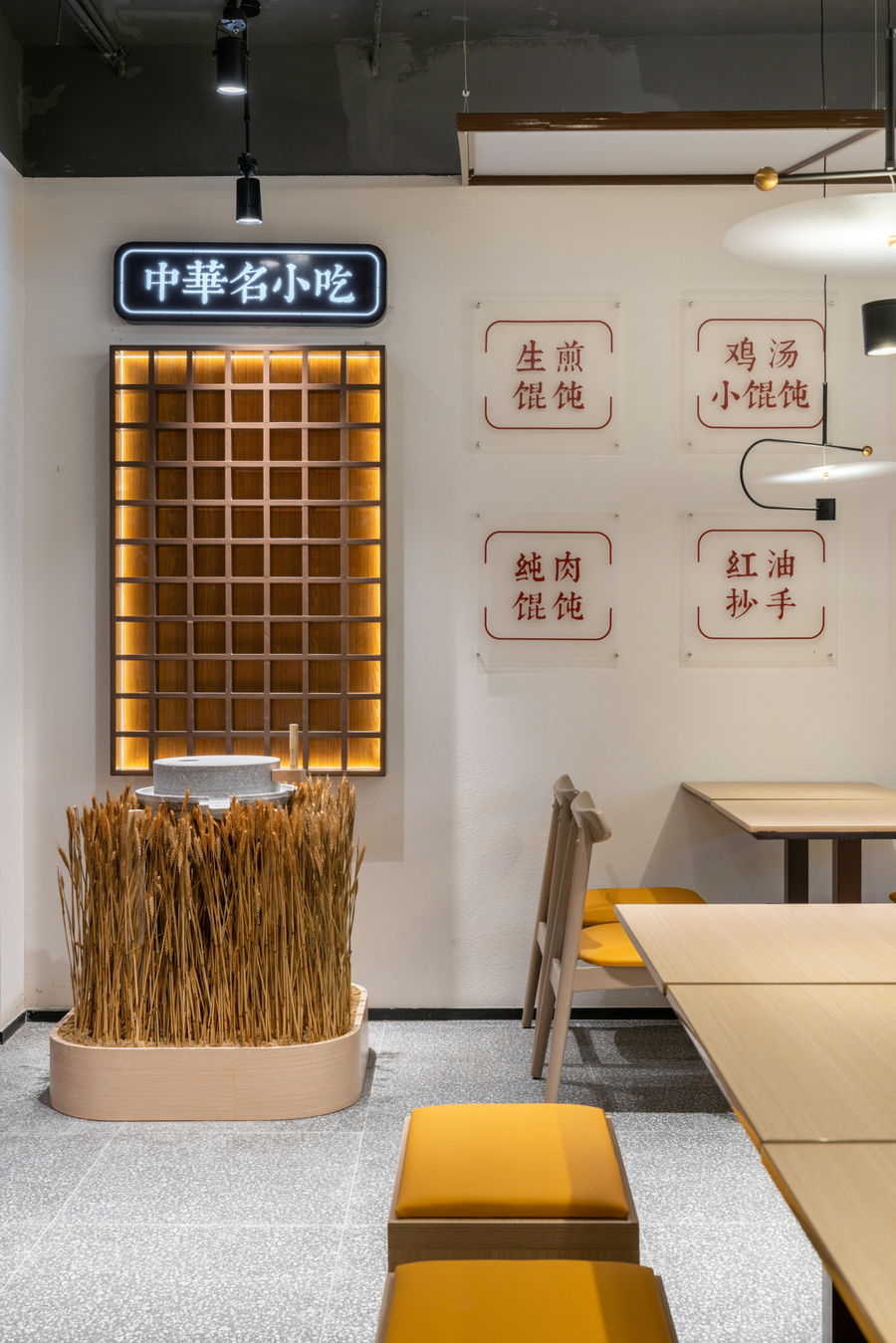
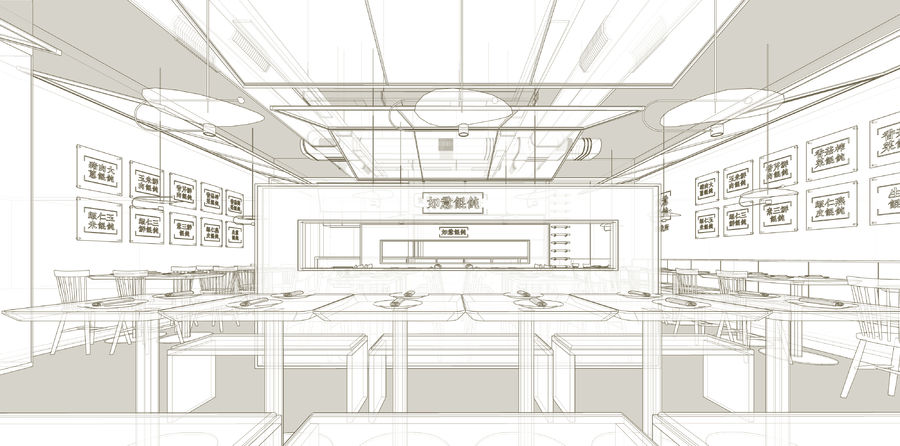
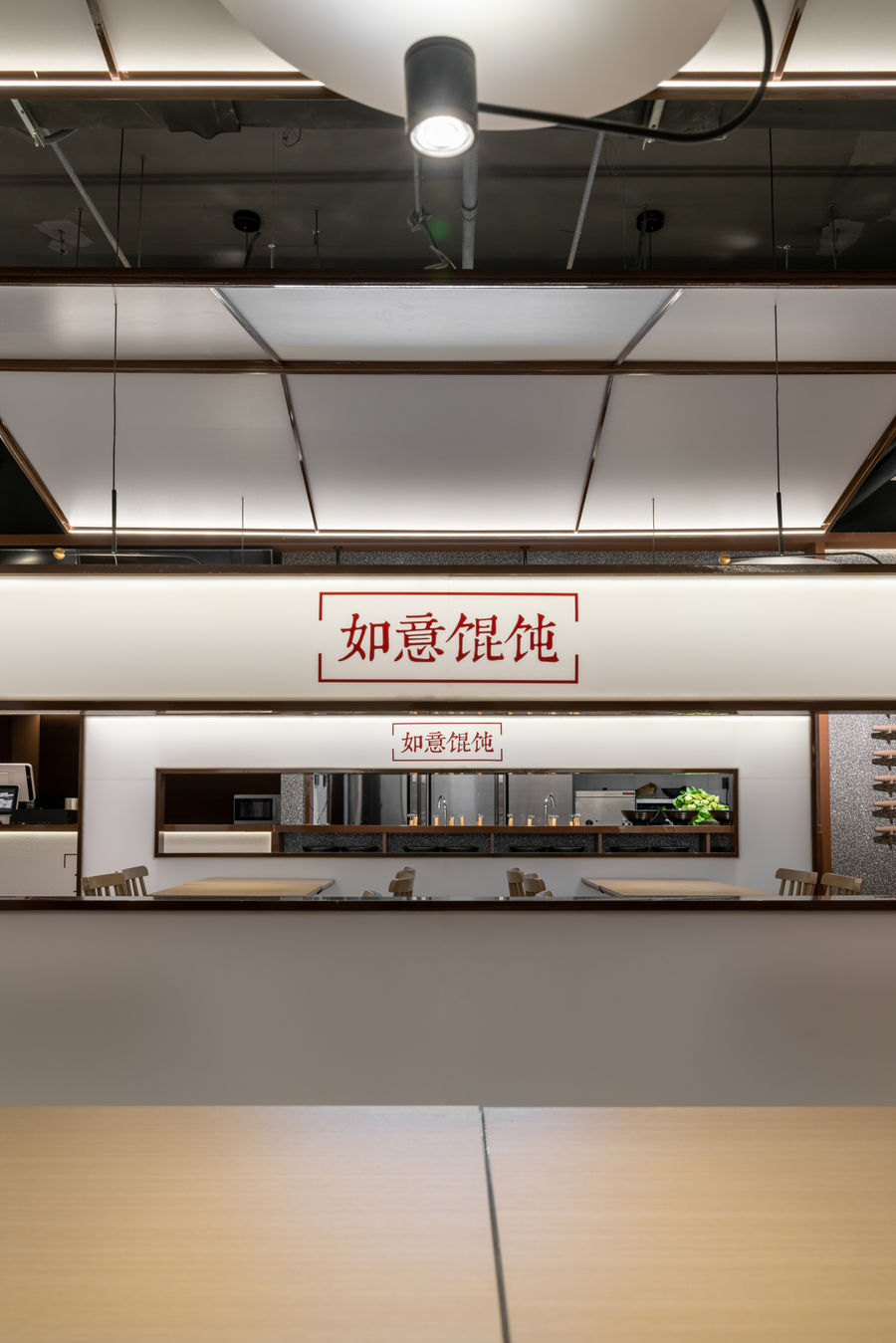
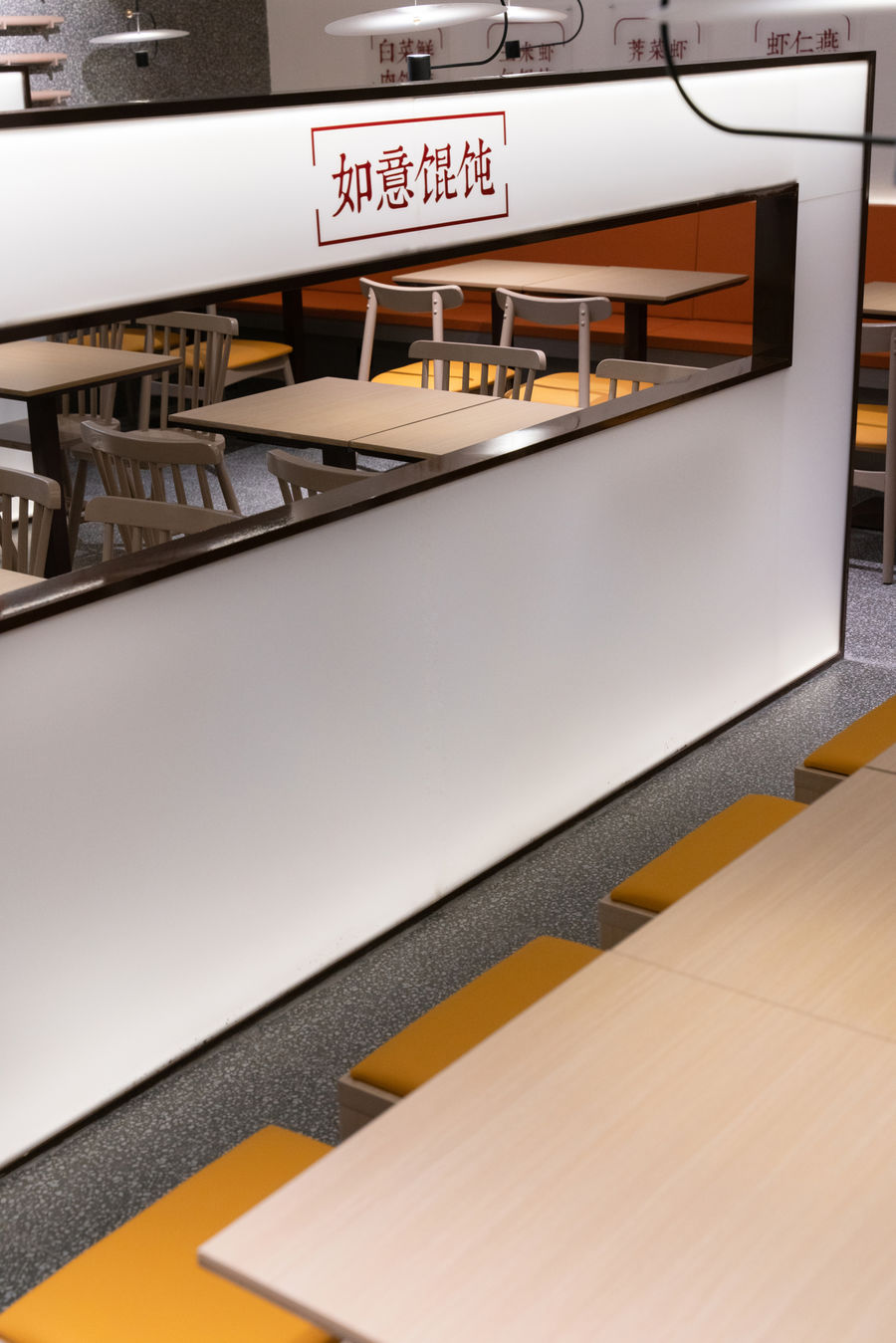
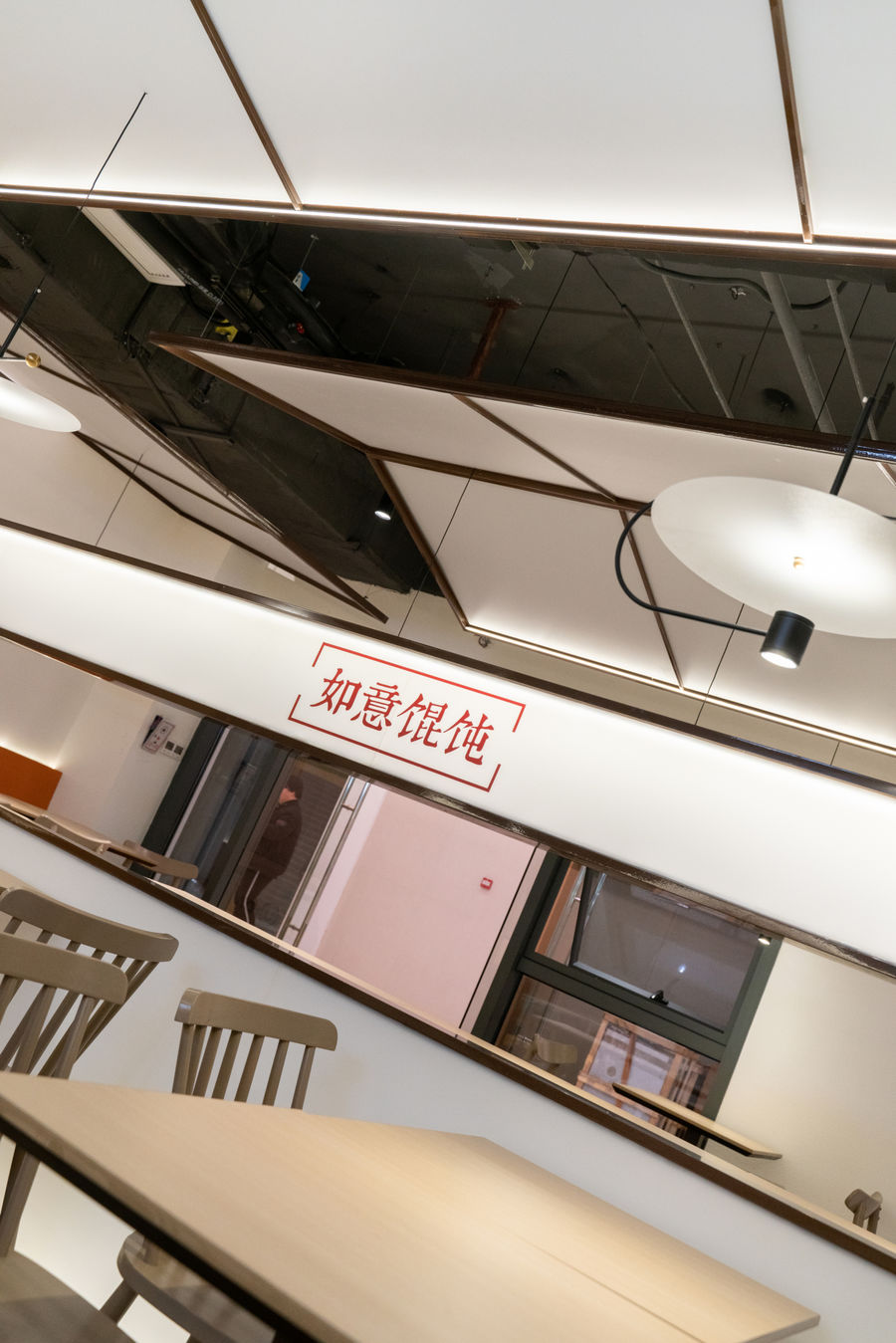
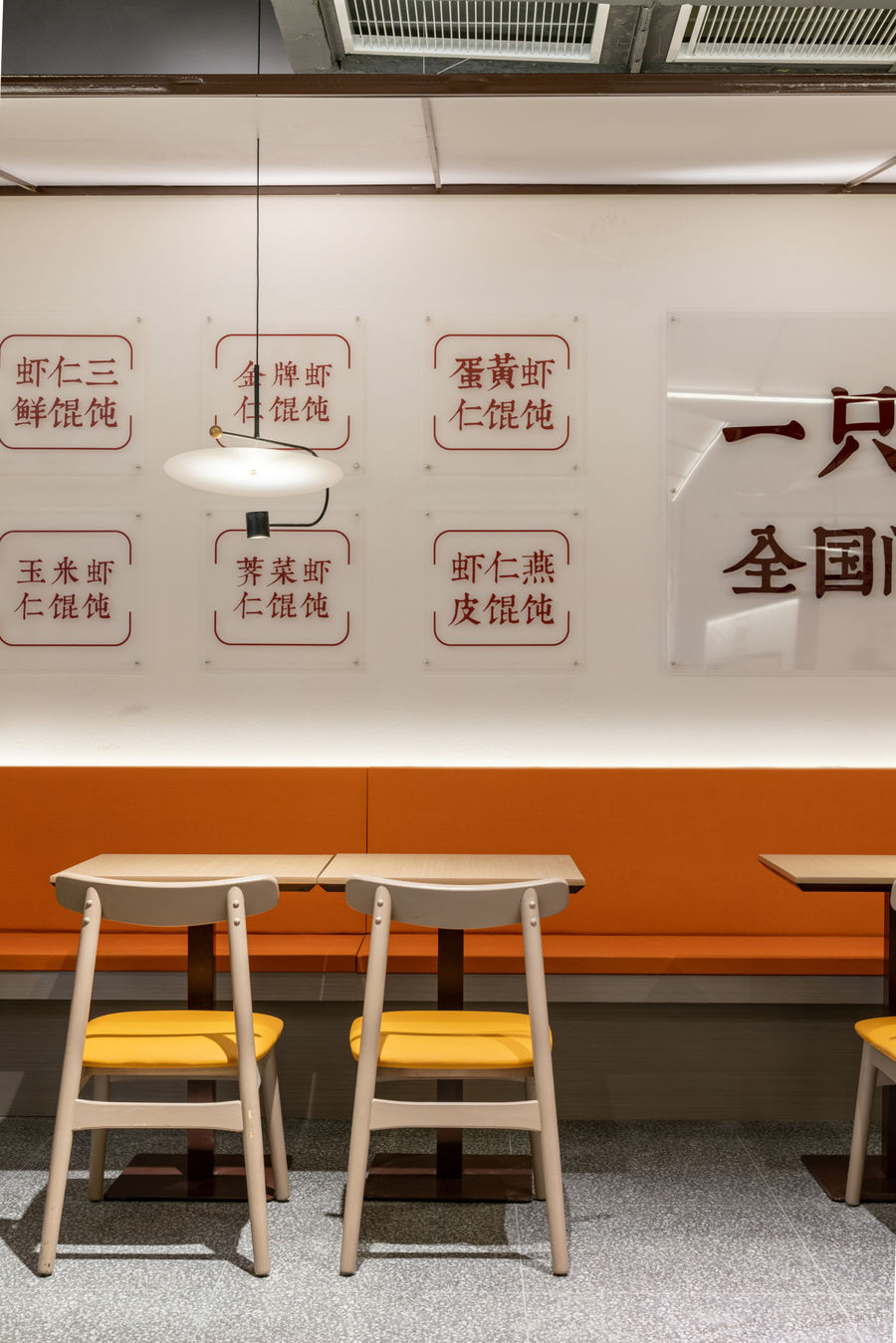
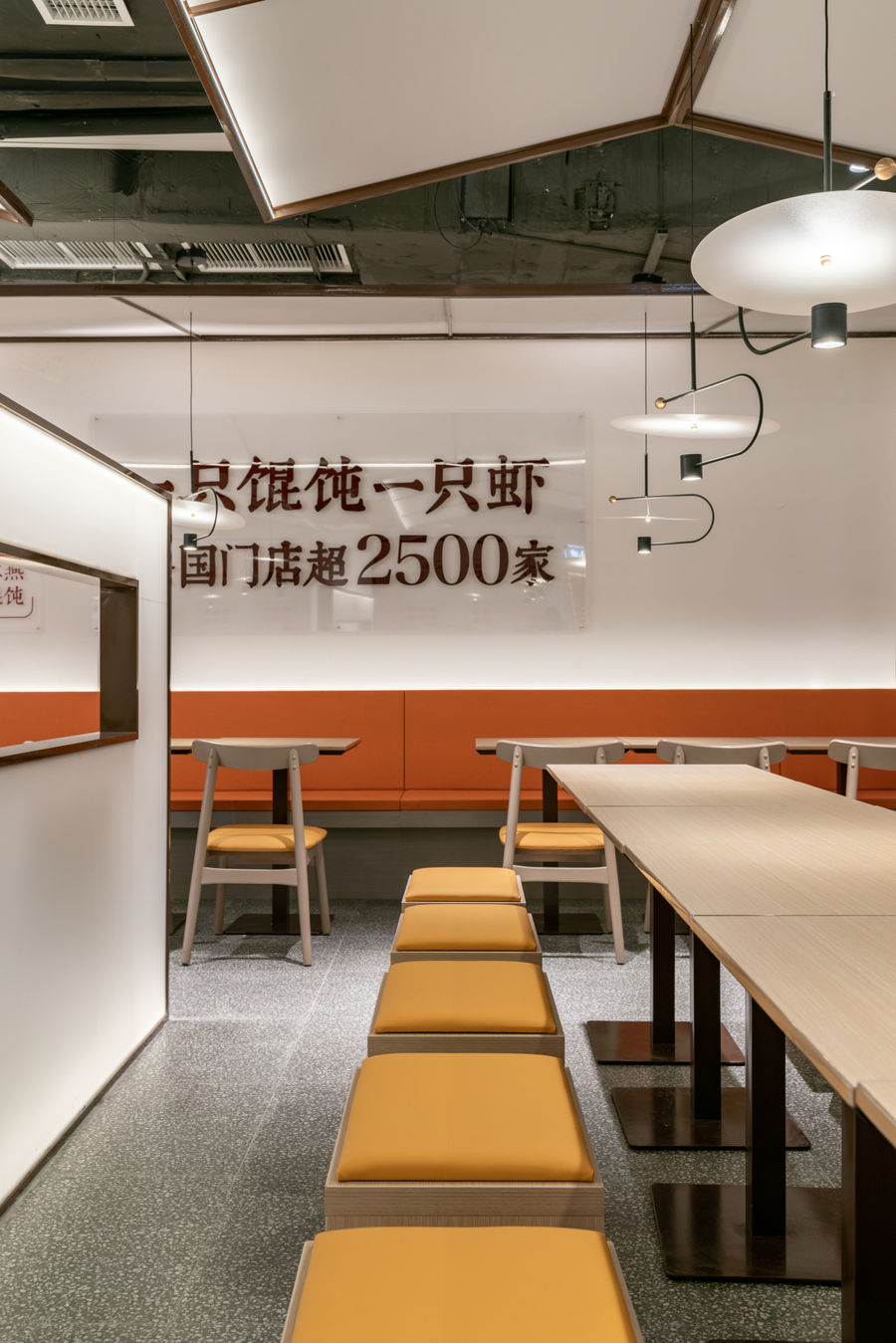
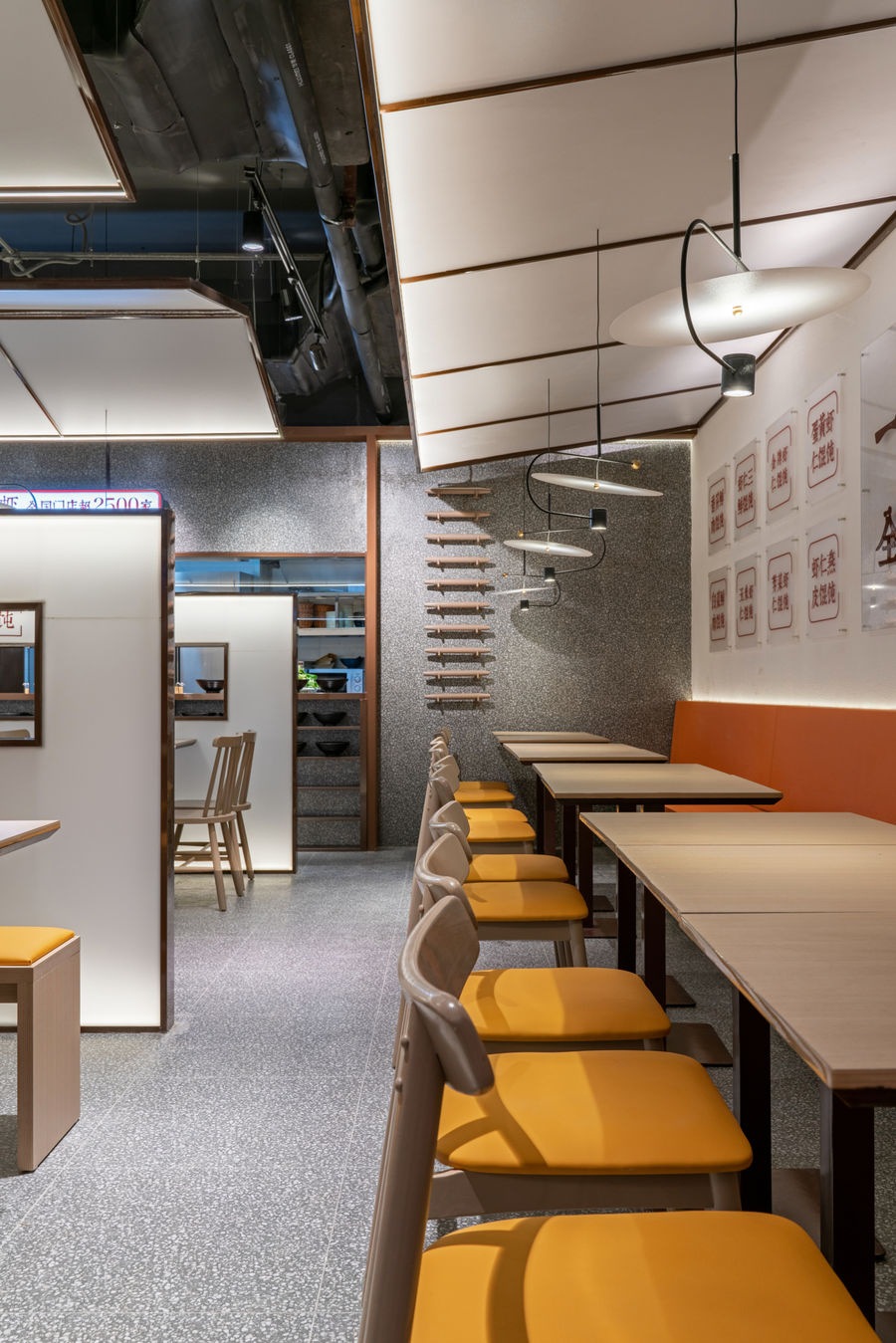
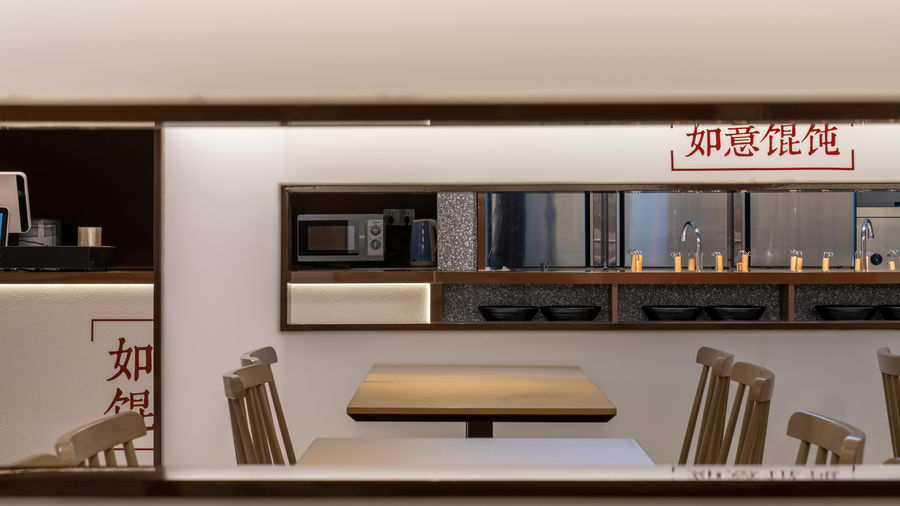
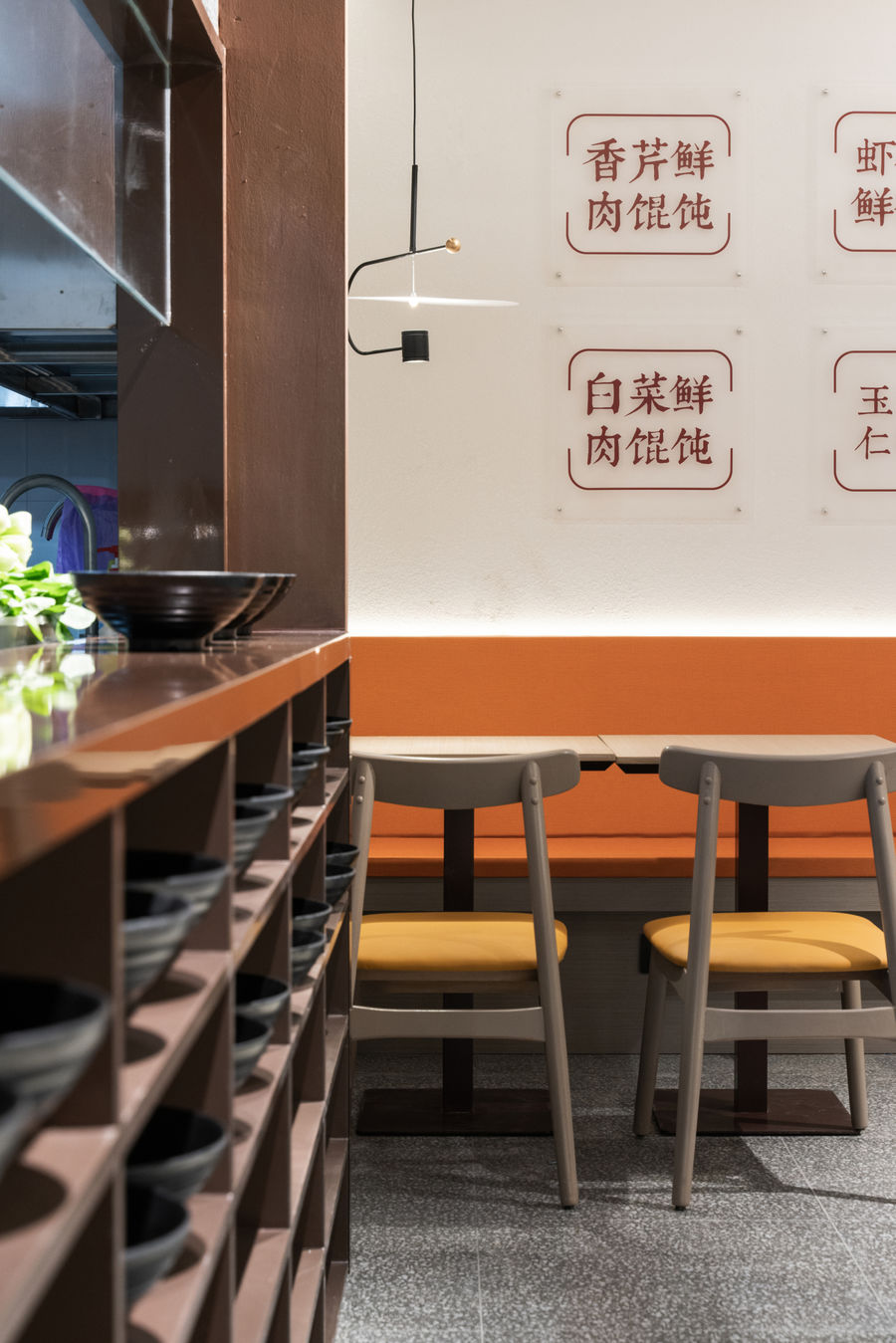
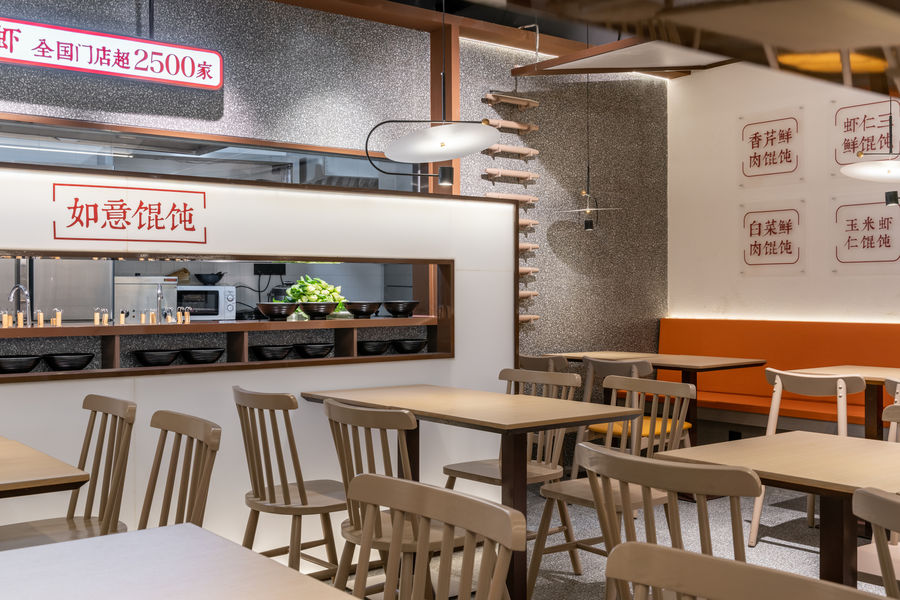
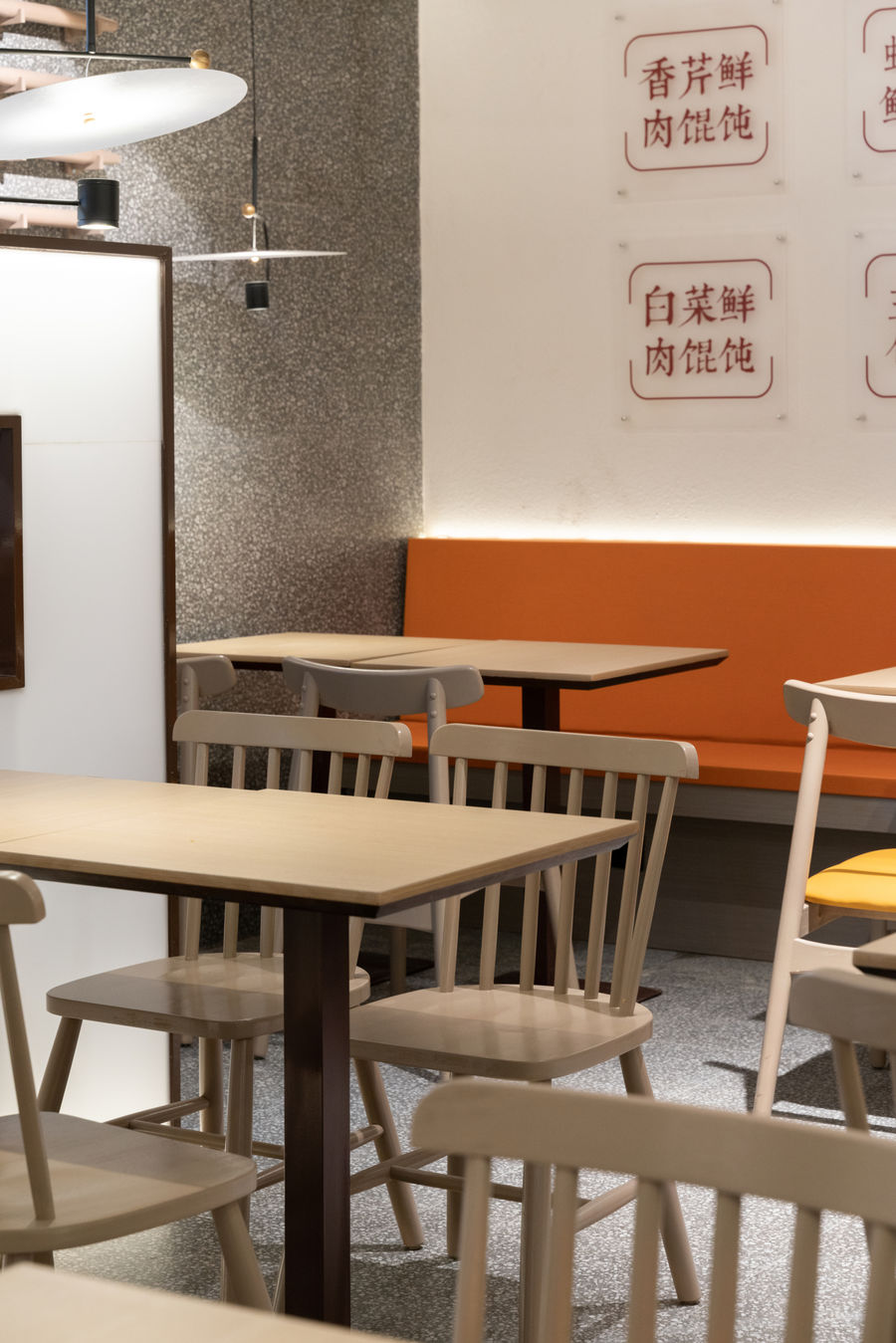
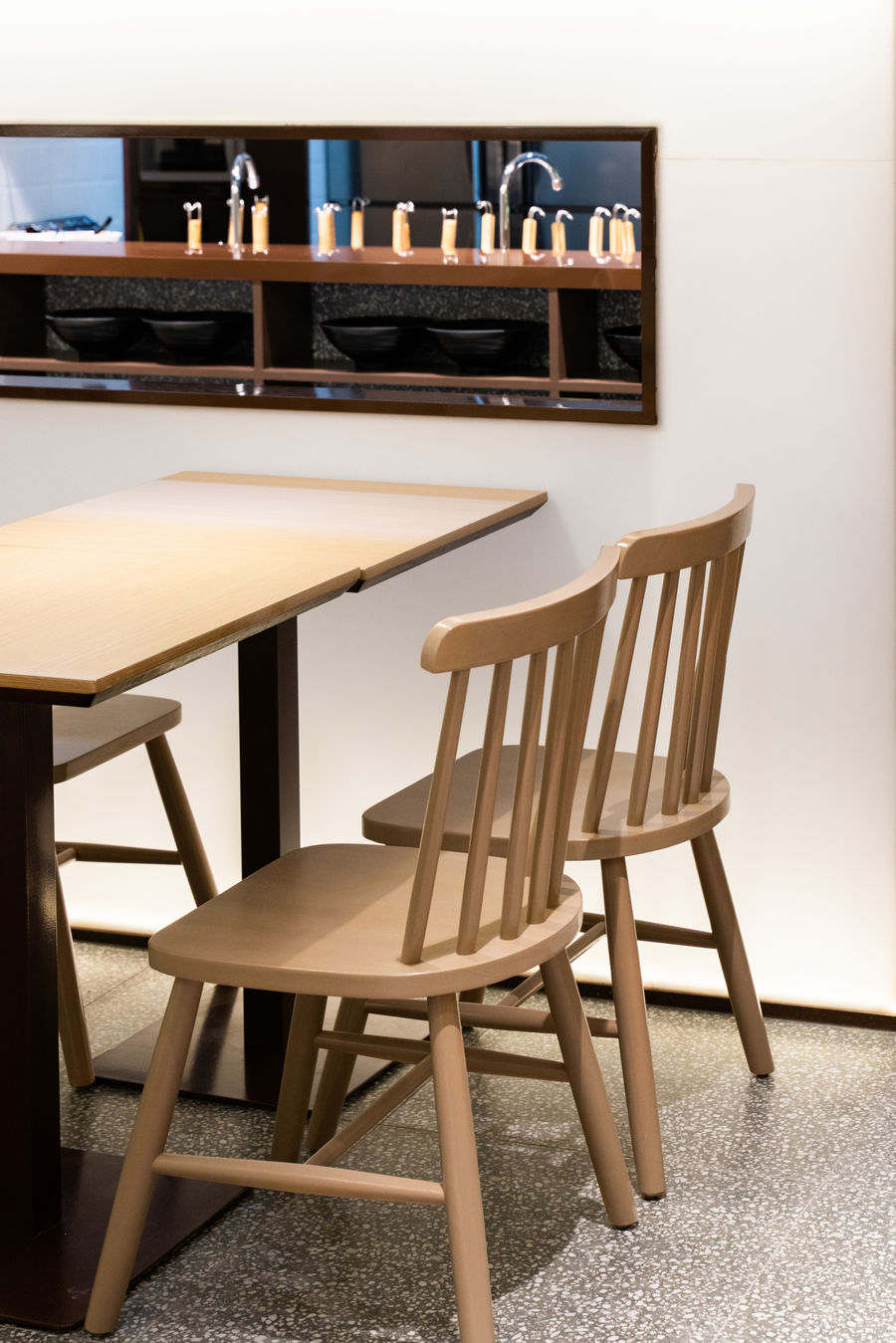
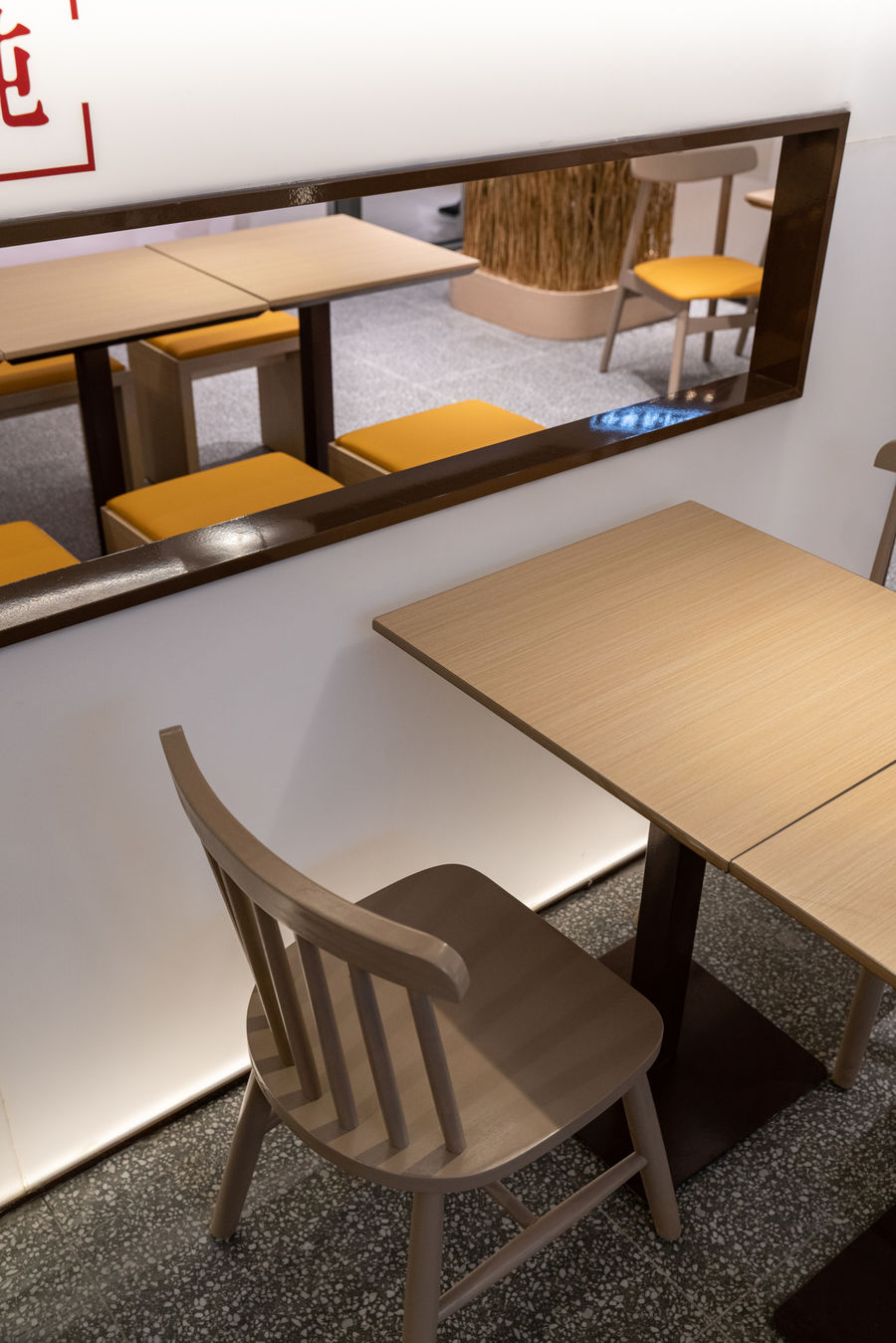
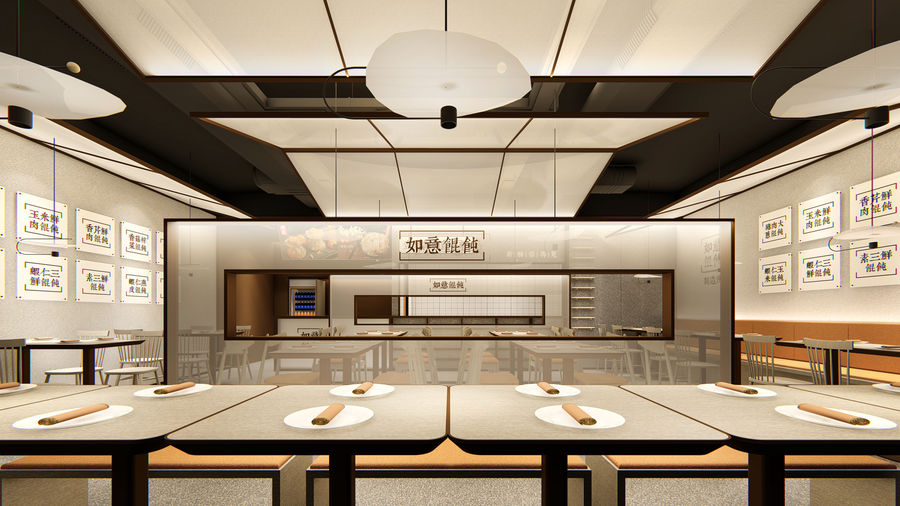
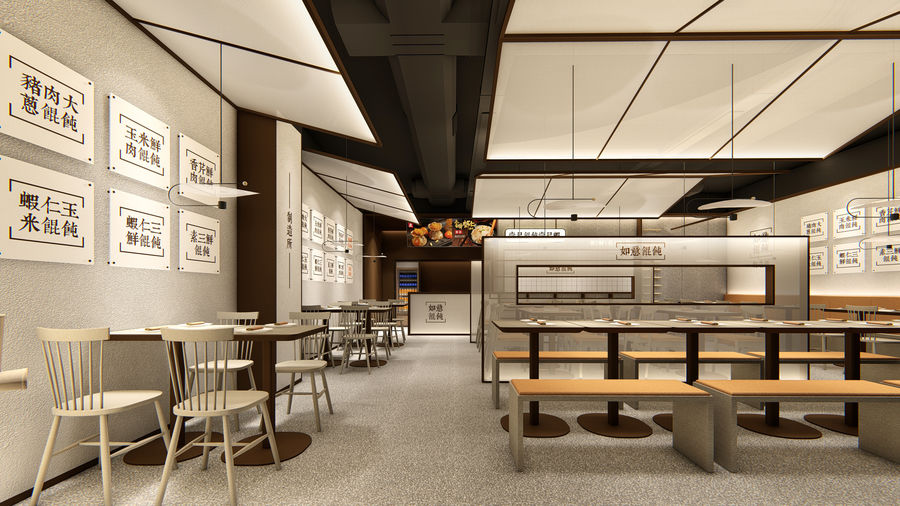
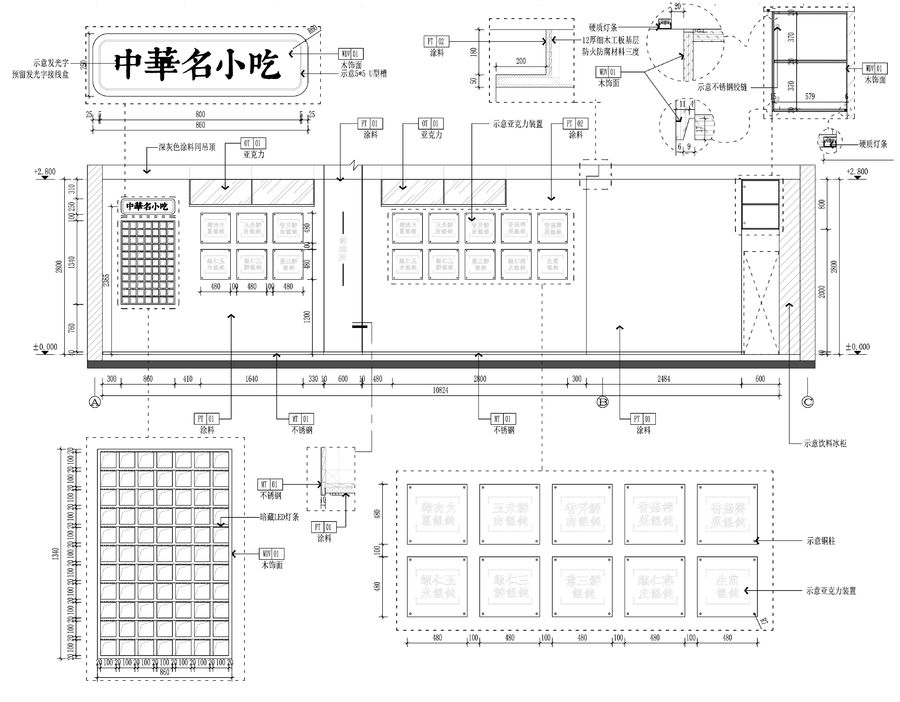
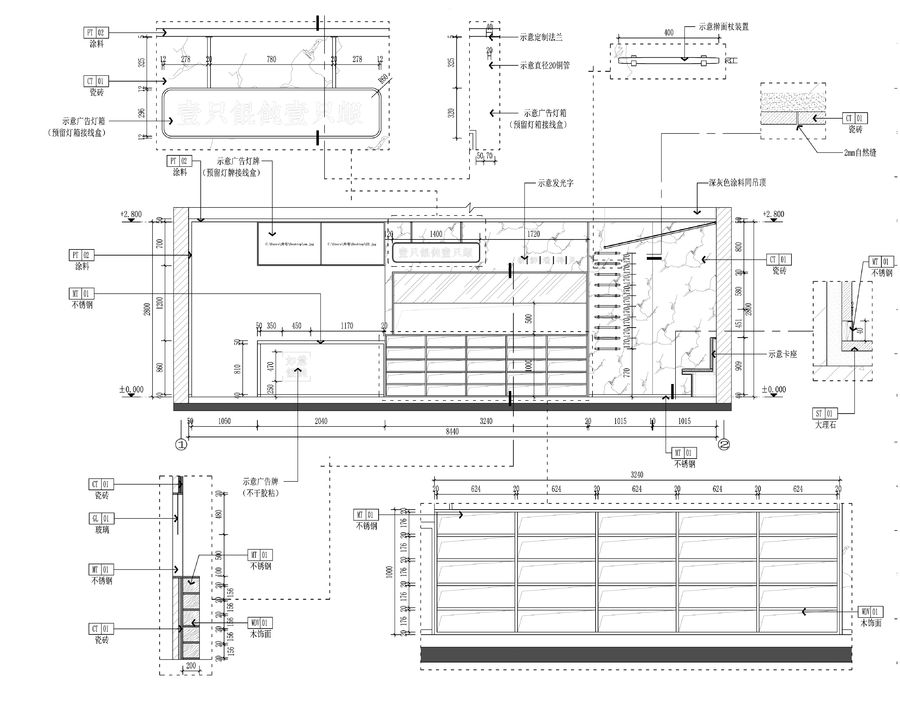
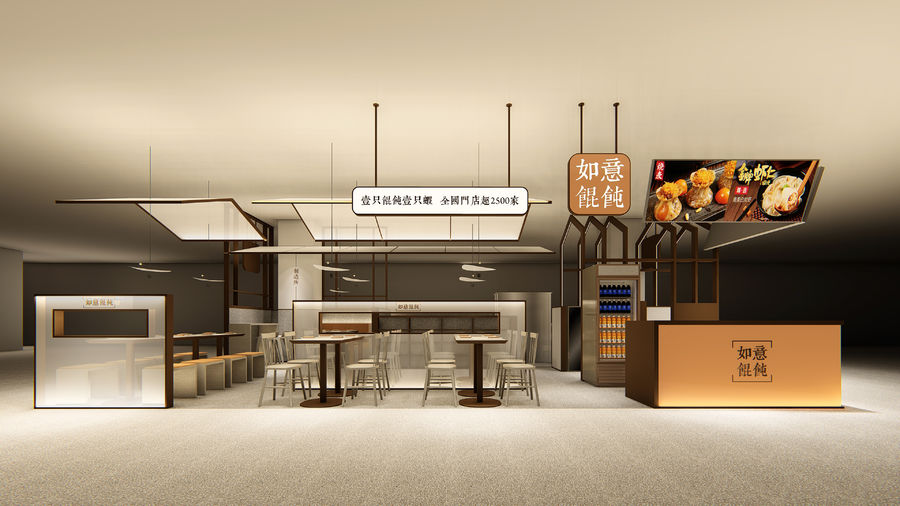
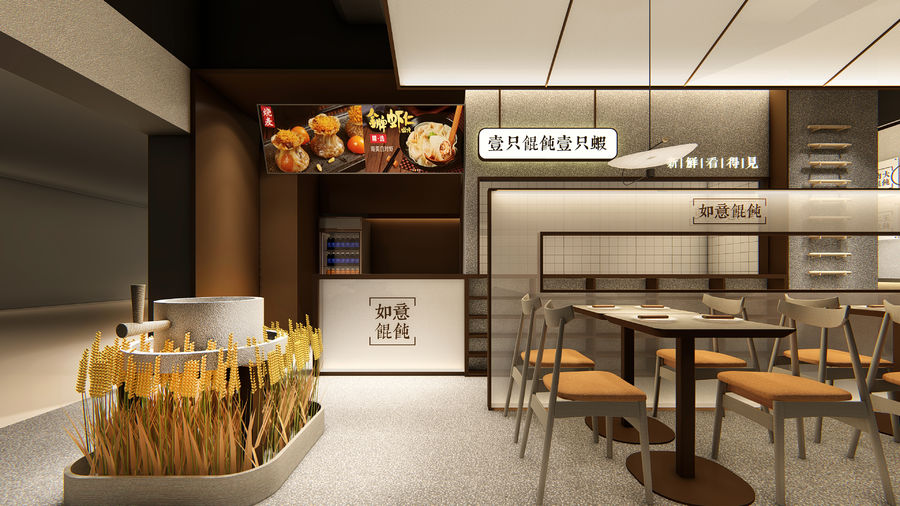



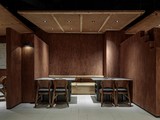







評論(0)